Conservation: Crab Trap Removal, 1
Wednesday, February 5th, 2014This is Passport to Texas
Crab traps lost or forgotten in the gulf kill crabs as well as other marine and shore life.
04— But blue crabs, stone crabs, and sheepshead are the big three.
Throughout the years rogue traps have ensnared countless species of game and sport fish, says coastal biologist, Art Morris.
22— We’ve [also] seen things like Diamondback Terrapins—which are a species of special concern—as well as river prawns, other turtles (not sea turtles, but other freshwater turtles). We’ve removed the remains of an otter out of a trap; we’ve seen the remains of birds that have been caught in these traps once the traps have been washed onshore. These are prolific killing machines.
Prior to 2002, only Game Wardens or the trap owners could remove the devices legally from surf or shore. Until then, the derelict traps kept racking up kills. But in 2001, the Texas legislature stepped in.
19— The Texas Legislature saw to it that we [TPWD] needed authority to create an abandoned crab trap removal program. And the grated us the authority to do that. And what that looks like today is a 10 day closure for the use of traps; any traps that are left in the water [during that time] are considered abandoned and classified as litter. So, anybody can remove them.
We’ll have details about the 2014 Crab Trap Cleanup – and how you can help – on tomorrow’s show.
The Wildlife and Sport Fish Restoration Program supports our series…For Texas Parks and Wildlife I’m Cecilia Nasti.
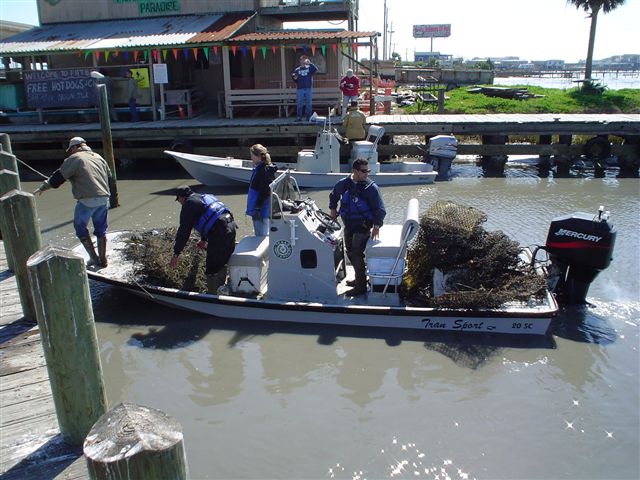

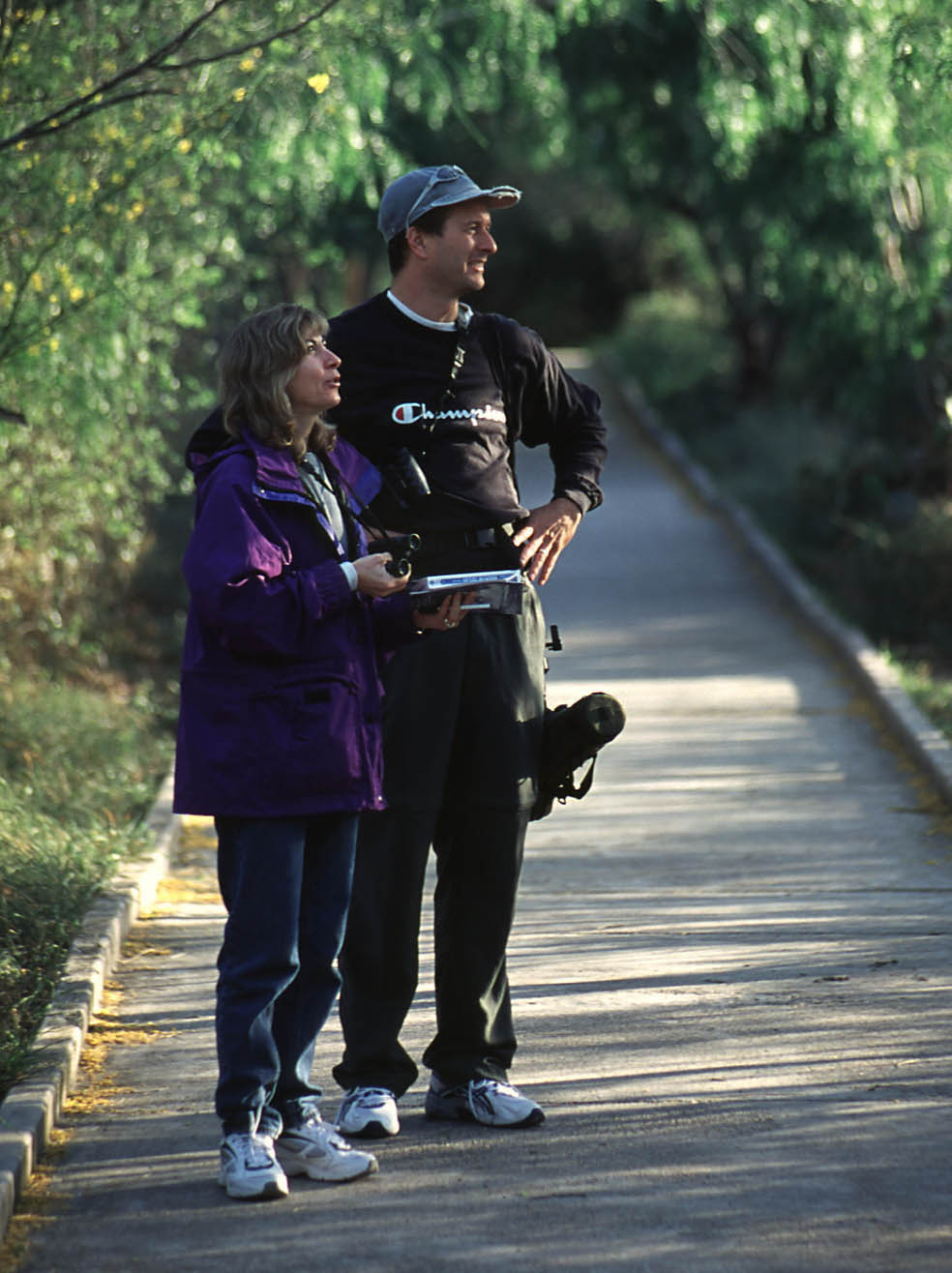
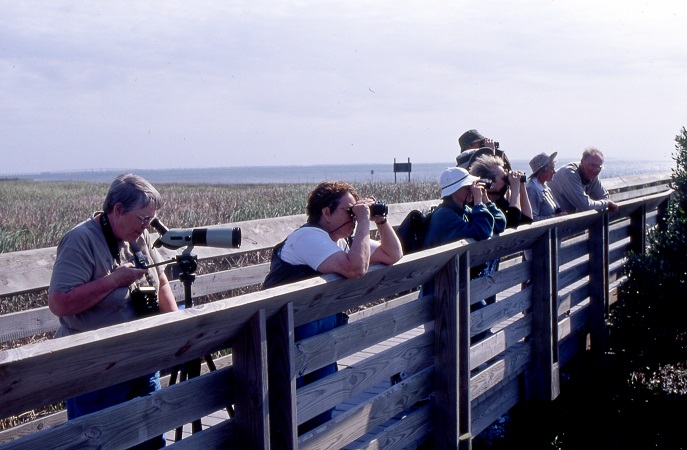
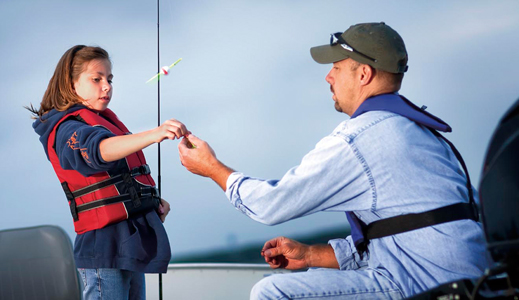
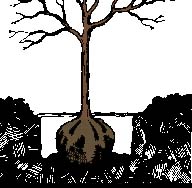
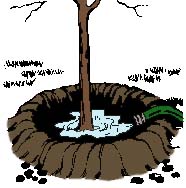
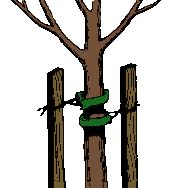

 Passport to Texas is a
Passport to Texas is a  Passport to Texas is made available by:
Passport to Texas is made available by: